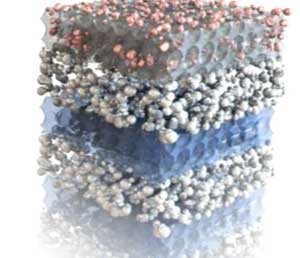 A new report proposes the use of low-cost and scalable nanophotonic multilayered structures for reutilizing waste thermal emission from solar reflective film for simultaneous passive daytime cooling and energy generation.
A new report proposes the use of low-cost and scalable nanophotonic multilayered structures for reutilizing waste thermal emission from solar reflective film for simultaneous passive daytime cooling and energy generation.
Feb 14th, 2018
Read more
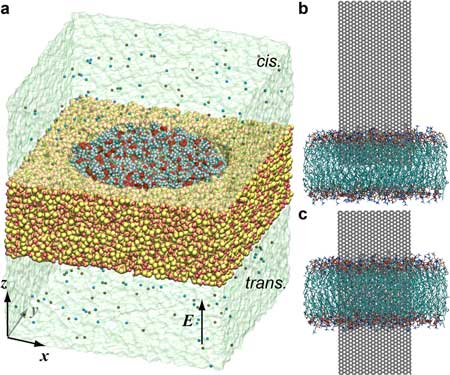 Researchers propose proposed a low-cost yet efficient in vitro method to assess the nanotoxicity of nanomaterials toward the cell membrane.
Researchers propose proposed a low-cost yet efficient in vitro method to assess the nanotoxicity of nanomaterials toward the cell membrane.
Feb 14th, 2018
Read more
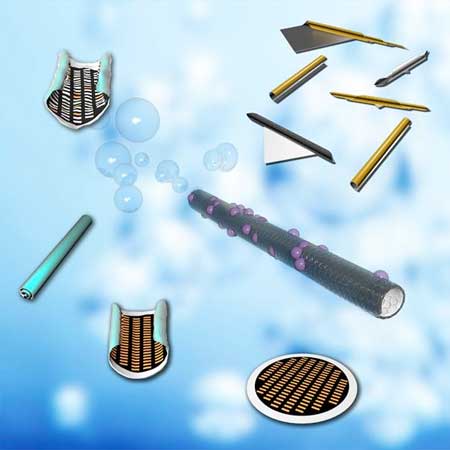 Researchers have devised a simple manufacturing method for versatile graphene oxide-based micromotors. Requiring no specialist equipment, it can be used to produce a range of micromotors that can be further tuned for different purposes.
Researchers have devised a simple manufacturing method for versatile graphene oxide-based micromotors. Requiring no specialist equipment, it can be used to produce a range of micromotors that can be further tuned for different purposes.
Feb 14th, 2018
Read more
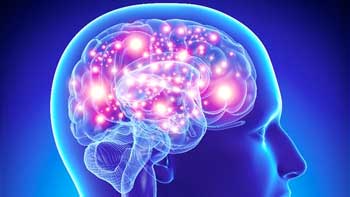 Researchers can now send light deep into the brain to study neural activities.
Researchers can now send light deep into the brain to study neural activities.
Feb 14th, 2018
Read more
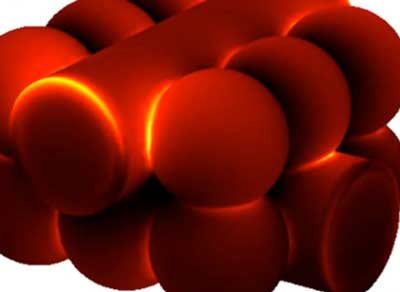 Scalable and cost-effective manufacturing of thin film devices.
Scalable and cost-effective manufacturing of thin film devices.
Feb 14th, 2018
Read more
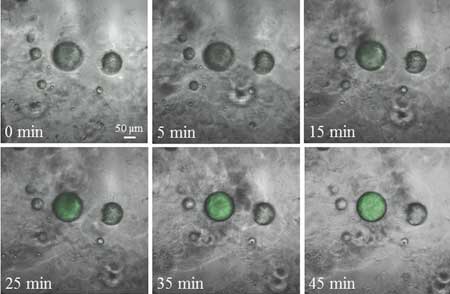 Novel technology induced cancer cell eradication in both cultured cells and in a tumor tissue.
Novel technology induced cancer cell eradication in both cultured cells and in a tumor tissue.
Feb 13th, 2018
Read more
 A new type of all-terrain microbot that moves by tumbling could help usher in tiny machines for various applications.
A new type of all-terrain microbot that moves by tumbling could help usher in tiny machines for various applications.
Feb 13th, 2018
Read more
 Photonic chip guides single photons, even when there are bends in the road.
Photonic chip guides single photons, even when there are bends in the road.
Feb 13th, 2018
Read more
 Scientists create patterned graphene onto food, paper, cloth, cardboard.
Scientists create patterned graphene onto food, paper, cloth, cardboard.
Feb 13th, 2018
Read more
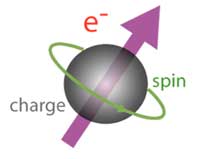 Preliminary atomic moment results for new iron-cobalt-manganese thin film blow past decades-old record by potentially 50 percent.
Preliminary atomic moment results for new iron-cobalt-manganese thin film blow past decades-old record by potentially 50 percent.
Feb 13th, 2018
Read more
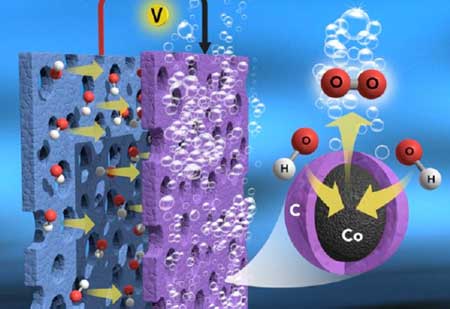 Researchers succeed in the development of alternative and cheapest anode material for excellent and ultra-stable alkaline water electrolysis.
Researchers succeed in the development of alternative and cheapest anode material for excellent and ultra-stable alkaline water electrolysis.
Feb 13th, 2018
Read more
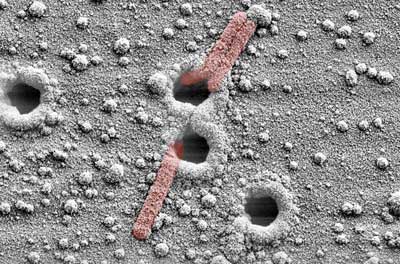 Researchers reported a nanoengineering innovation that offers hope for treatment of cancer, infections and other health problems - conductive wires of DNA enhanced with gold which could be used to electrically measure hundreds of biological processes simultaneously.
Researchers reported a nanoengineering innovation that offers hope for treatment of cancer, infections and other health problems - conductive wires of DNA enhanced with gold which could be used to electrically measure hundreds of biological processes simultaneously.
Feb 13th, 2018
Read more
 Engineers have used nanocomposite materials to turn tissue paper into a new kind of wearable sensor that can detect a pulse, a blink of an eye and other human movement.
Engineers have used nanocomposite materials to turn tissue paper into a new kind of wearable sensor that can detect a pulse, a blink of an eye and other human movement.
Feb 13th, 2018
Read more
 Scientists announced that they have successfully combined two different imaging methods - a type of lens designed for nanoscale interaction with lightwaves, along with robust computational processing - to create full-color images.
Scientists announced that they have successfully combined two different imaging methods - a type of lens designed for nanoscale interaction with lightwaves, along with robust computational processing - to create full-color images.
Feb 12th, 2018
Read more
 An international team of scientists has managed to develop a composite material that has the best piezoelectric properties today.
An international team of scientists has managed to develop a composite material that has the best piezoelectric properties today.
Feb 12th, 2018
Read more
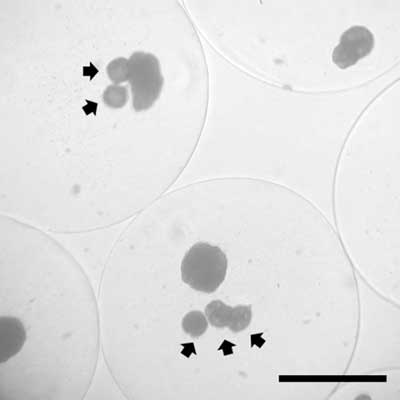 A drug-carrying microsphere within a cell-bearing microcapsule could be the key to transplanting insulin-secreting pig pancreas cells into human patients whose own cells have been destroyed by type I diabetes.
A drug-carrying microsphere within a cell-bearing microcapsule could be the key to transplanting insulin-secreting pig pancreas cells into human patients whose own cells have been destroyed by type I diabetes.
Feb 12th, 2018
Read more
 A new report proposes the use of low-cost and scalable nanophotonic multilayered structures for reutilizing waste thermal emission from solar reflective film for simultaneous passive daytime cooling and energy generation.
A new report proposes the use of low-cost and scalable nanophotonic multilayered structures for reutilizing waste thermal emission from solar reflective film for simultaneous passive daytime cooling and energy generation.















 Subscribe to our Nanotechnology News feed
Subscribe to our Nanotechnology News feed